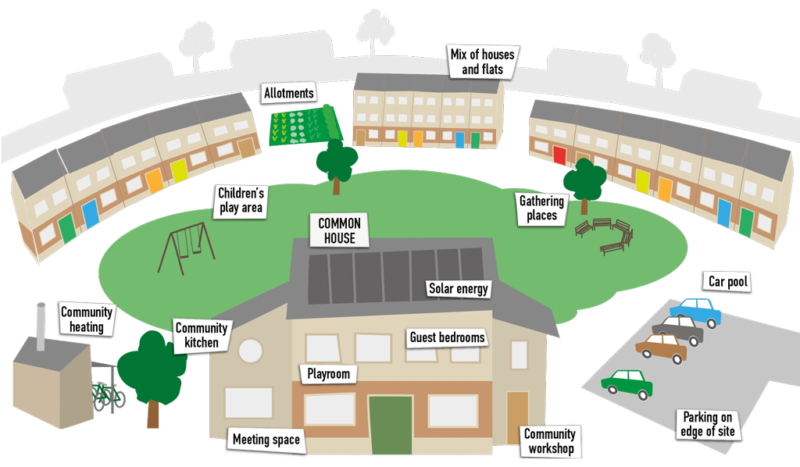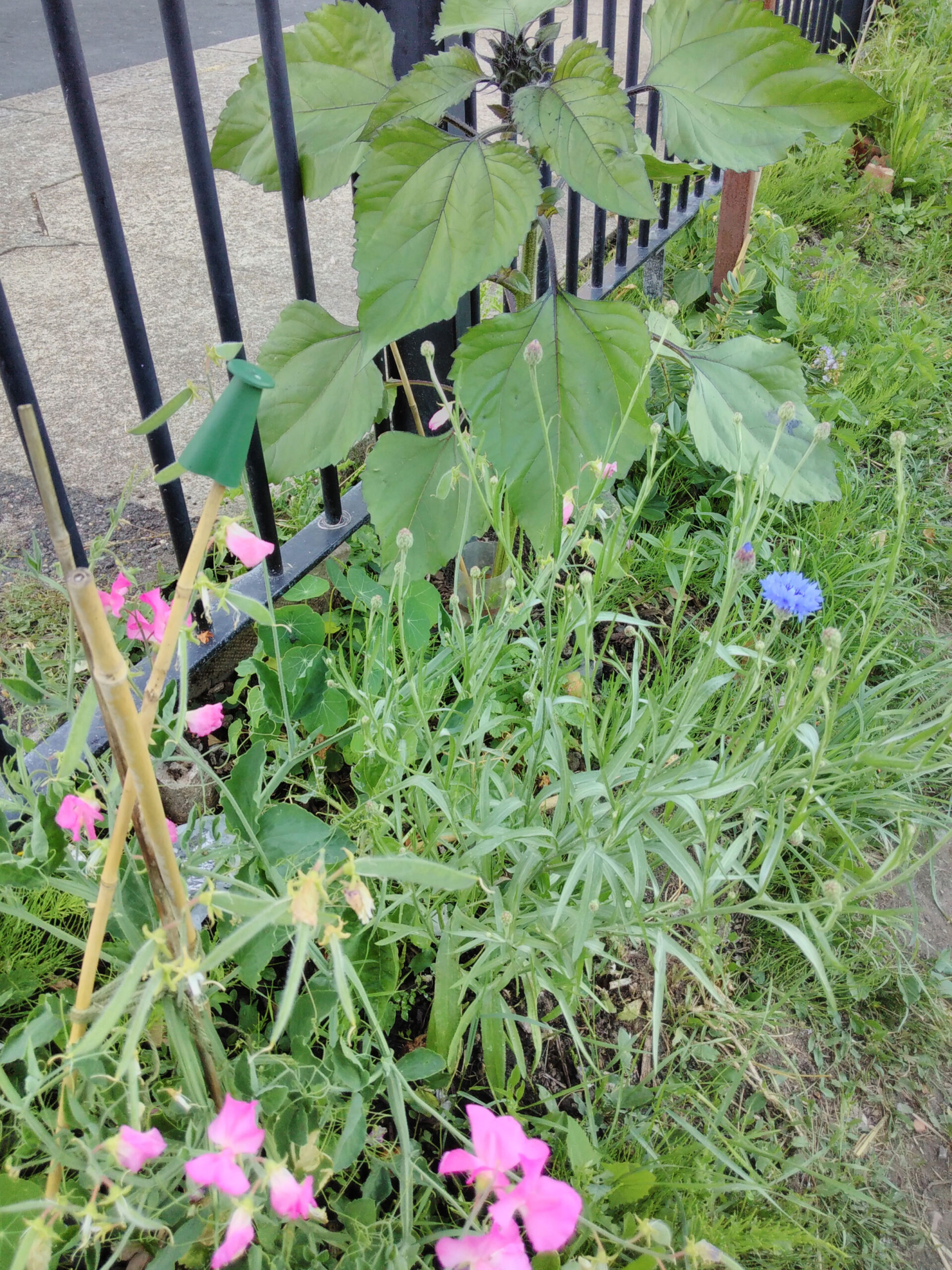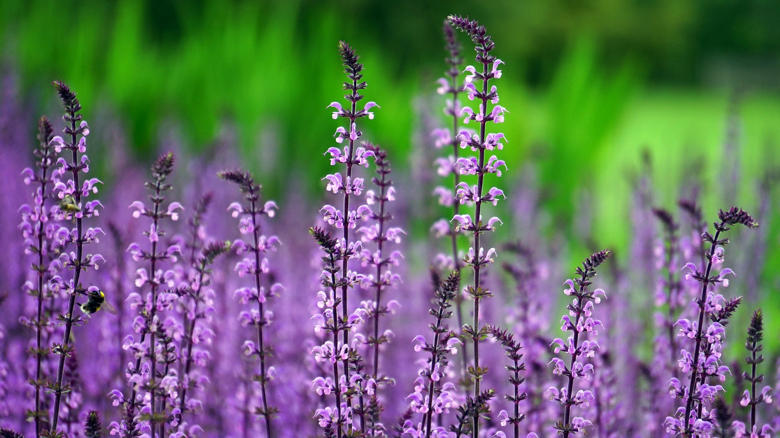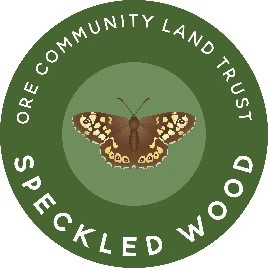By Clara Beaufort
Horticulture knows no such thing as time off. There’s work to do right now if you want your flowers and vegetables to enjoy lush, healthy growth when warm weather returns. Use the tips in this post as your guide to gardening success.
Clean up the Dirt
Start your autumn chores by removing dead or dying plants from your garden beds. Give the remains a close look-see for evidence of mold or blight. If you see such signs, then burn the infected plants. If you don’t, then add them to the compost pile so they can work for you all winter long. Remove any foreign matter and give the soil a good, deep raking or tilling to break up clumps and aid aeration. Taking these steps now will lay the groundwork for next year’s harvest, according to the experts at Mother Earth News.
Mulch in Moderation
Too much of anything is a bad thing; that includes mulch. You should add a thin layer to your beds on top of 1-2 inches of compost. Anything more can actually work against you by preventing the cold from killing mold and blight.
While you’ve got your hands in the dirt, remove the roots of weeds like Bermuda grass and nutsedge. Otherwise these pests can overwinter in your garden to menace you next year, according to the gardening gurus at DIY Network.
Water Ahead of Time
Hard winter soil can block rain and melting snow from nourishing the roots of your trees and shrubs, according to Better Homes and Gardens. So get the jump on frost by giving these plants a generous watering now. This will act like the hump on a camel’s back, providing much-needed moisture throughout the cold season.
Don’t Forget Your Lawn
Autumn is for fertilizing your grass. Turf can store nutrients over the winter, digesting them in a gradual process that will help to ensure greener results next spring. You should aerate your lawn before winter cold sets in.
Consider Planting Cover Crops
Plants like hairy vetch and cereal rye can safeguard your soil over a long, severe winter, making them good choices for cover crops. Just make sure you till them into the ground next spring before they go to seed. This is a favorite trick of organic gardeners, according to Rodales. The seeds are small and even modest rainfall can help to establish them in the soil, making this idea almost effortless to implement.
Handling Hardscape Maintenance
The term “hardscape” refers to stone walkways, retaining walls, and other non-organic elements of a garden or landscape design. While less fragile than living plants, these structures do need annual care. This should include:
- An autumn inspection to correct imperfections that could lead to trouble down the road. For example, a crack in a walkway might seem like a small thing. But it may become a trip hazard should water enter it and freeze, forcing the stone or masonry to expand. You should also look, not only for cracks, but for soil or stone cavities alongside or under hardscape. Otherwise wintertime precipitation could fill the gap and turn to ice, creating a problem called “frost heave” which can damage or even destroy hardscape.
- A general sweeping to remove foreign matter, followed up with a washdown from a garden hose or pressure washer. This will discourage the growth of mold or mildew, which can deface hard surfaces.
Performing these needed steps will protect your garden and your landscape features from winter’s wrath. So give it your best, then brush off the dirt off your pants and start planning for next spring.
Guest blogger: Clara Beaufort
Gardenergigs.com




